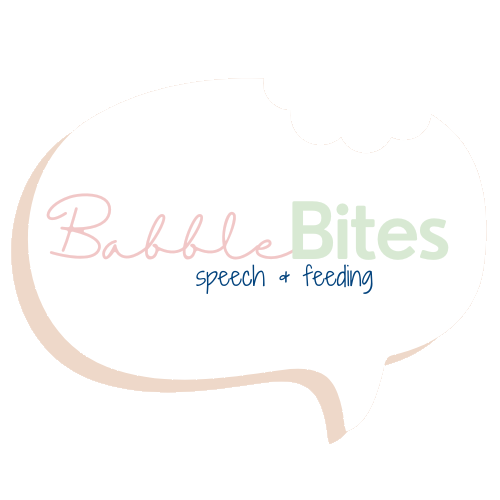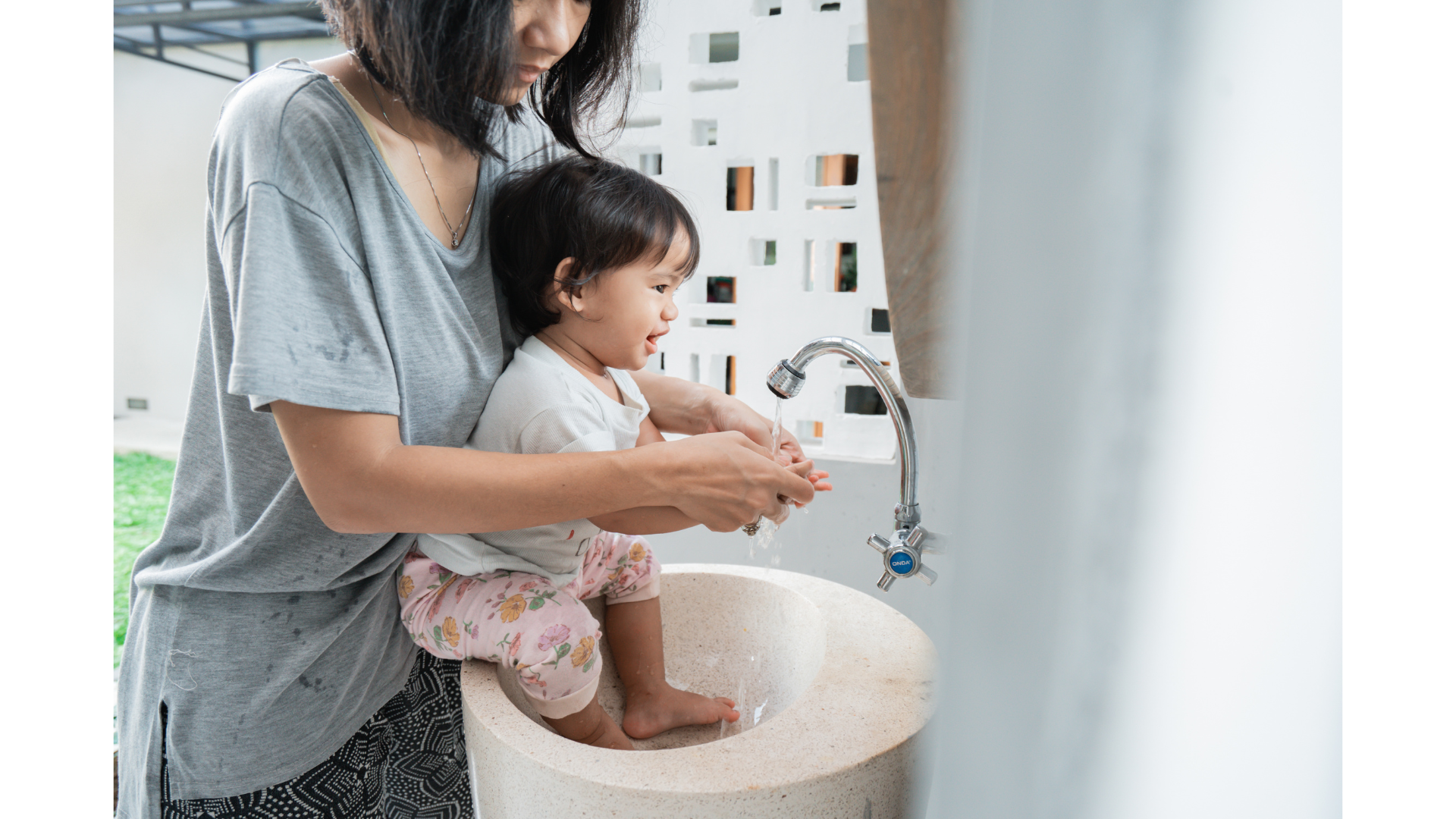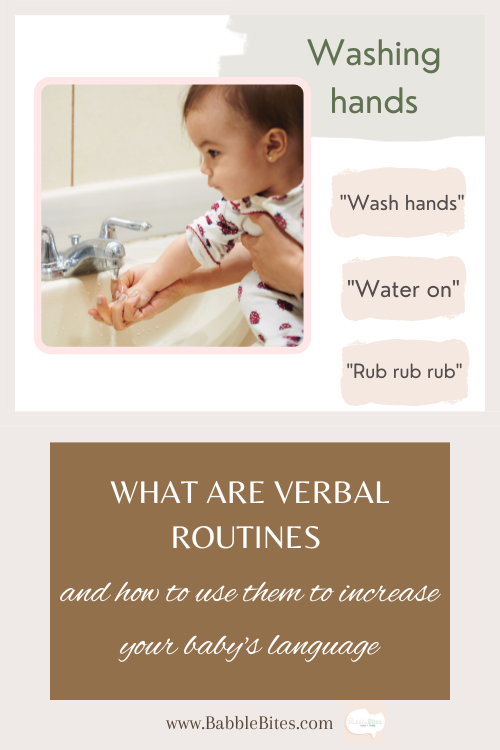What are Verbal Routines and How to Use Them
What are verbal routines?
Verbal routines are a simple and effective early language strategy to help increase your baby or toddler’s understanding of and use of words in meaningful contexts.
Verbal routines are phrases and sentences you say every time you’re doing a routine action during the day with your child. Daily routines include meal times, washing hands, getting dressed, turning the lights on, getting in the car, going for walks, playing with toys, cleaning up, walking up and down stairs, folding laundry, getting ready for daycare, getting ready for bed… anything you do as part of your daily routine! Verbal routines come in when we say the same phrase or sentence each time we do that routine, such as, “shoes on,” “get soap, rub our hands,” “lights on,” “up, up, up stairs,” “night-night puppy,” “bye-bye bus” (keep reading for specific routines and examples).
Putting shoes on is a perfect daily routine to start implementing the use of verbal routines.
Why do verbal routines work?
Verbal routines let your child hear words repeatedly in a meaningful context, or contextual repetition. Children need to hear a new word many times before they are able to understand it, and then use it themselves. When your child hears you say the same thing each time you do a routine task, the language they hear becomes expected. Eventually, your child will be so familiar with it, that you can try pausing before you say the last word, and see if they fill it in for you! This loops in another language strategy, called cloze statements. Your child may even begin saying the phrase or sentence all by themselves during your routines.
You may use some words in multiple different verbal routines throughout your day (e.g. up, down, on, go), or use the exact same verbal routine in different contexts (e.g. put on, go in) which will further help solidify your child’s understanding of the word by hearing it in different meaningful contexts.
How do you use verbal routines?
Think of your daily routines with your child, and choose a routine where you may not be using it as a language building opportunity yet. Start saying the same phrase every time you do this task. Research has shown that saying the phrase in a sing-songy voice, changing the tone of your voice, or making your verbal routine into a song, can help your baby tune into the words you are saying and help them learn the words more effectively. Every few days, add another verbal routine to your routine. Before you know it, they will become second nature, and you will be providing your baby with many language learning opportunities.
After you have repeated a routine for several weeks, depending on your child’s age, you can try pausing to see if your child fills in the last word (learn more about cloze phrases). When you pause, look at your child expectantly (eyebrows raised, smiling with mouth slightly open as if you are about to say a word, making eye contact). This lets them know it’s their turn to say something! If they don’t, that’s okay! Fill in the last word for them and keep modeling it frequently. Once your child master’s filling in the last word, try pausing and looking at them expectantly before you say any of the expected words when you start your routine task, and see if they try saying the whole phrase!
Washing hands is a great time to use verbal routines.
When should you use verbal routines?
It’s never too early (or too late) to start using verbal routines to expose your child to words frequently in meaningful contexts to help them learn the meaning of words. When it comes to your child starting to say some or all of the words in the verbal routines, according to developmental norms, a child anywhere between 12-24 months of age is typically able to fill in the last word of a familiar verbal routine, and a child between the ages of 18-30 months may start saying phrases (2-3 combined words) independently. Children 2.5-3.5 years may start to say whole sentences. If your child has been diagnosed with a language delay or disorder (sometimes called a speech delay or late talker), this is a great strategy to use to help your child expand their language skills, too. If you’re concerned about your child’s speech or language development, talk to your pediatrician and get a referral for a speech-language evaluation.
What are some examples of verbal routines?
Getting dressed:
Head in, arms in
One foot, two feet
Shirt/pants/sock/shoe on
One button, two button, three button
Zip zip zip
Meal times:
Walking to kitchen: Lunch time, lunch time (or breakfast/dinner!)
Putting in highchair: Go up up up
Making lunch: Cut banana (or any food!), cut cut cut
Playing:
Ready, set, go!
1, 2, 3, go!
(See here for toy-specific verbal routines!)
Washing hands:
Water on
Soap on hands
Rub rub rub
Make bubbles
Rinse rinse rinse our hands
Wash wash wash our hands make them nice and clean
Cleaning up:
Bye-bye bus (name each toy as you put it away, while saying bye-bye)
Car in (name each toy as you put it in its bag, box, or cubby)
Clean up clean up everybody everywhere
Bedtime routine:
Night-night bear (say goodnight to child’s stuffed animals, or favorite objects in their room)
Night-night mommy (say goodnight to each family member and pet)
Lights off
Small daily tasks:
Light on/off (when entering and leaving a room)
Open/close door (car door, refrigerator, house doors)
Knock knock knock (before opening a door)
Key in, turn turn turn (house door, car)
In the drawer and close close close (putting away clothes and silverware)
If you liked this post, pin it to Pinterest to share and save for later!



